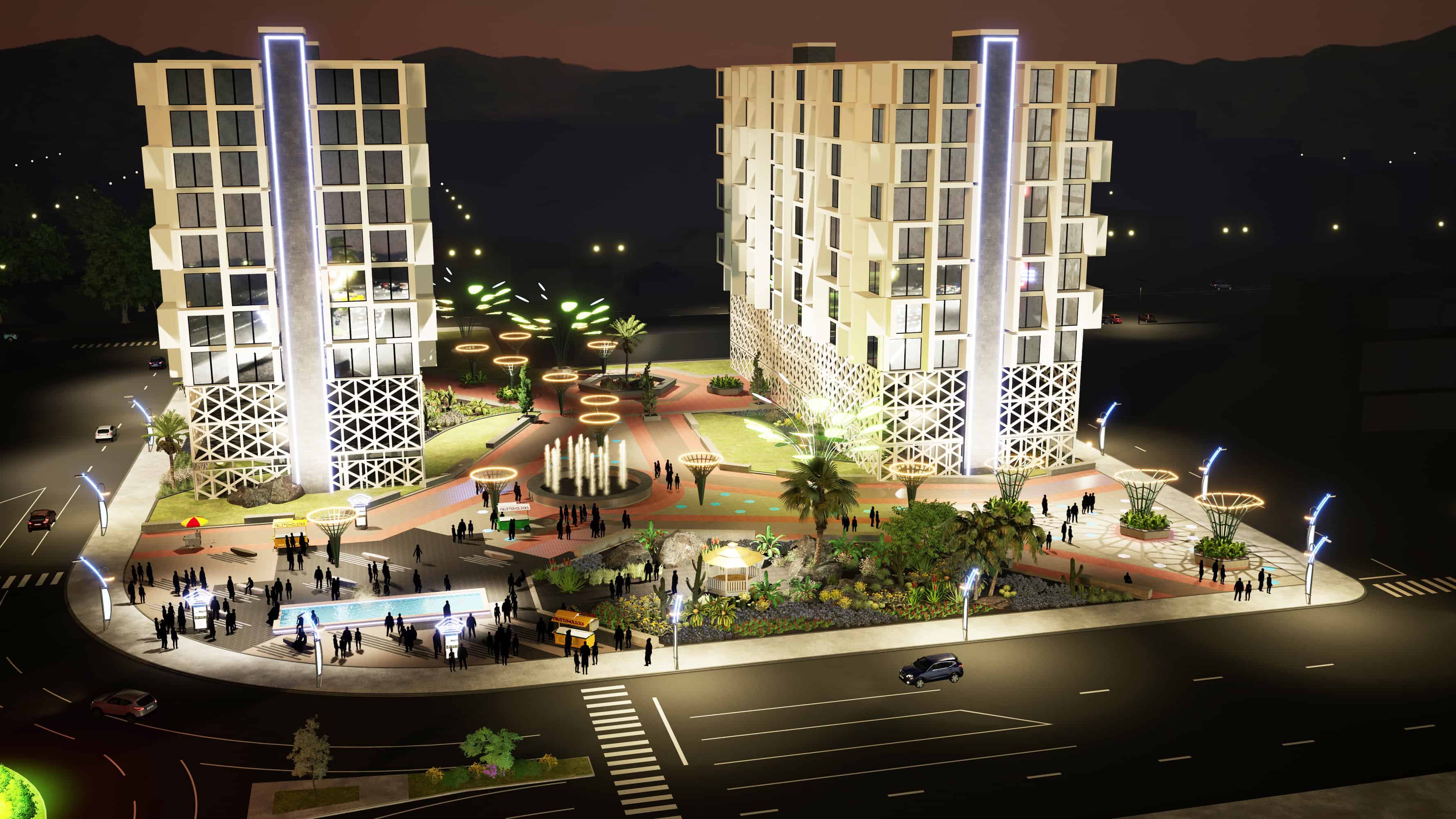In the latest Barber Brief, Alicia Barber shares her thoughts on the initial pitch from Jacobs Entertainment.
My previous piece previewed City Council’s April 14th discussion of a proposed Development Agreement with Jacobs Entertainment that would create a new “Neon Line District” in downtown Reno, and I encourage you read it first for some background on Development Agreements and the overall parameters of this proposal.
There was a little coverage afterward from This is Reno, the Reno Gazette-Journal, and Channel 4, but I’d like to share some thoughts on what I saw in that meeting, what I didn’t see, and what I hope to see in future discussions. You can watch the entire 2-1/2 hour-long discussion here (click on D.2) and view the full proposal & staff report here.

Prior to the meeting, I was under the impression that the proposal had been drafted jointly by City staff and Jacobs Entertainment; instead, what was presented was written entirely by Jacobs, whose representative, Garrett Gordon, delivered a 36-minute, 63-slide presentation about it. City staff provided about a 10-minute introduction and then answered questions afterwards.
As I wrote before, a Development Agreement is a very big deal, as a binding contract that is intended to provide benefits and guarantees to both the City and the developer. The City recently loosened the requirements for what kinds of projects can qualify, and this is the first one to come over the transom.
The Jacobs proposal is a particularly complex one to start with because the company is proposing not just terms that pertain to its own properties and adjacent public rights-of-way (as one might expect) but also the use of Tax Increment Financing (explained on the City website here) involving other properties; subsidies, discounts, and fee deferrals; and some major streetscape alterations. It’s a lot to bundle into a contract with a single company, especially a contract intended to endure for 20 years or more.
Now keep in mind that this was the very first conversation with Council about this proposal—in public, anyway—and nothing was promised or accepted. Consider it Jacobs’ opening bid. So I think what’s most critical at this point, for the City Council, City staff, and Reno residents—is to take a step back and examine the big picture, weighing both the pros and cons of the major “asks” in order to determine whether the City should entertain any or all of them before moving forward to talk specifics.
Today I want to focus on the most visible component: designating and branding a new district. There is, of course, much more to assess regarding the use of Tax Increment Financing (TIF) and the critical question of community benefit.
Read more.
Submitted opinions do not necessarily reflect the views of This Is Reno. Have something to say? Submit an opinion article or letter to the editor here.

